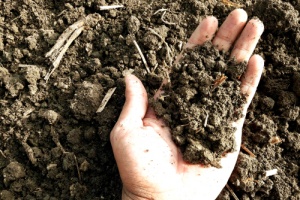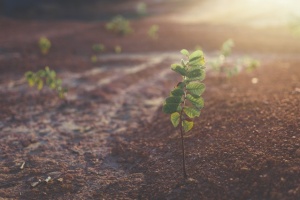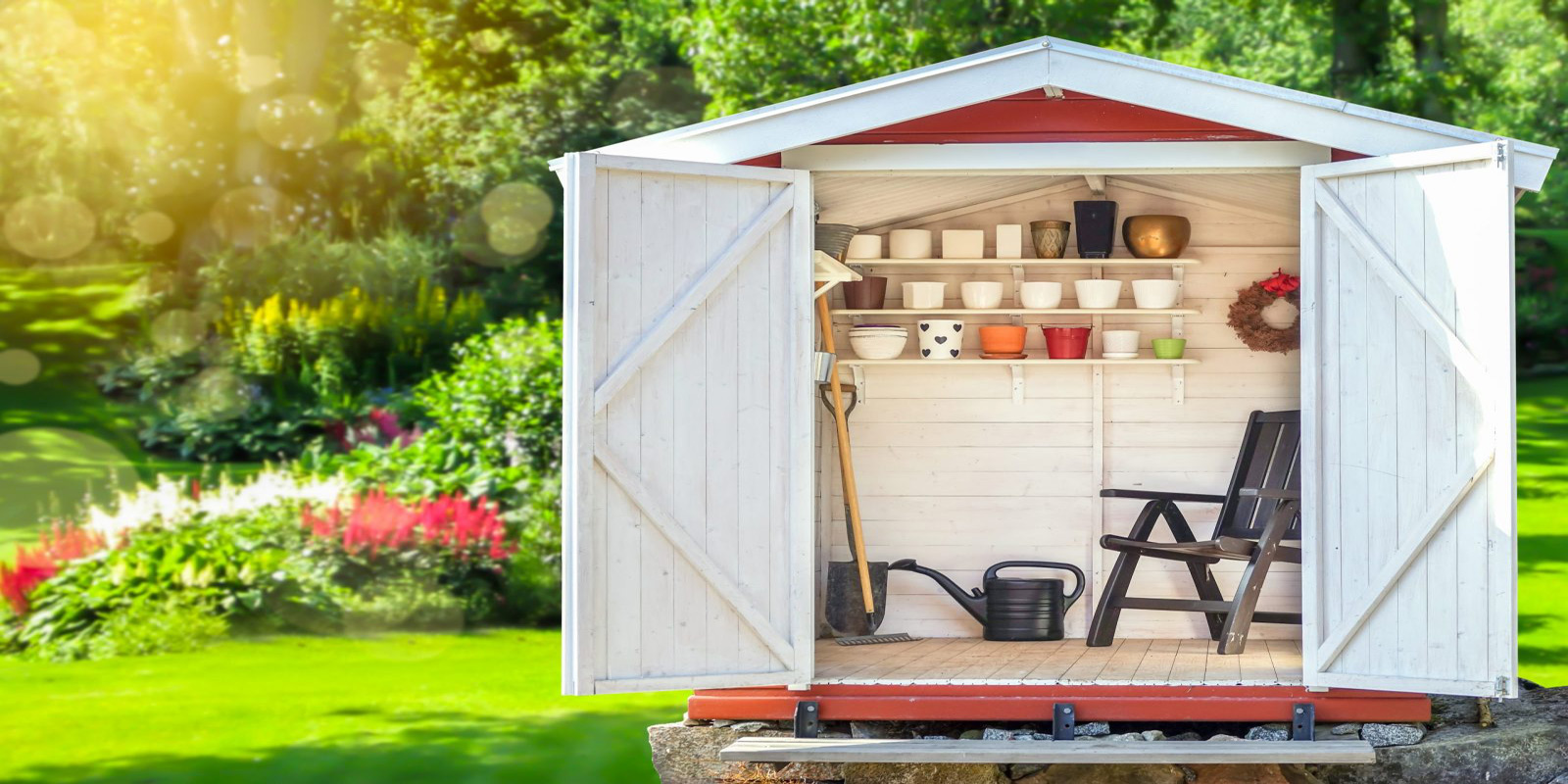 Building more and more impermeable areas, such as parking lots, roads, and commercial structures, increases the volume of stormwater runoff and adversely affects the quality of stormwater obtained from these areas. The water can no longer soak into the ground in these locations. But it has to go somewhere. Usually, it runs off, forming a stormwater river, sometimes called a “stormwater superhighway.” It carries the runoff and pollutants into nearby streams and lakes and eventually into our drinking water supply. However, there is a solution, this article will explain bioretention and bioretention soil in a nutshell.
Building more and more impermeable areas, such as parking lots, roads, and commercial structures, increases the volume of stormwater runoff and adversely affects the quality of stormwater obtained from these areas. The water can no longer soak into the ground in these locations. But it has to go somewhere. Usually, it runs off, forming a stormwater river, sometimes called a “stormwater superhighway.” It carries the runoff and pollutants into nearby streams and lakes and eventually into our drinking water supply. However, there is a solution, this article will explain bioretention and bioretention soil in a nutshell.
Bioretention is a stormwater management system that utilizes soils and different types of vegetation to remove pollutants from stormwater runoff. A bioretention stormwater management system provides a low maintenance, cost-effective, environmentally friendly way to sustain healthy vegetation and provide long-term water treatment capacities. Bioretention is a stormwater best management practice for capturing and treating the first flush of runoff water that comes off of impermeable surfaces. The first flush contains the largest portion of pollutants that wash from an impermeable area.
To have an effective bioretention stormwater management system, you need to use bioretention soil. Bioretention soil is primarily used to support vegetation and improve drainage in bioretention ponds and gardens.
Bioretention soil is soil that is engineered with the right mix of sand, soil and compost for your location. The ratios can vary based on your project location. The soil has to provide the correct water infiltration rate and support vegetation and healthy microorganisms. The soil should be mixed based on a formula established by the United States Environmental Protection Agency and your state’s Department of Natural Resources.
With correctly formulated bioretention soil, you can get optimal water runoff filtration and treatment while simultaneously promoting healthy growth of vegetation.
How Does Bioretention Soil Work?
 During the site preparation phase of a project or development, the engineer, architect, property owners, and local officials will identify a site for one or more bioretention cells (also called rain gardens). A bioretention cell is a landscaped depression designed to capture and treat stormwater before it can enter waterways. The bioretention cell collects storm water, where it then percolates into the ground where it is filtered through bioretention soil.
During the site preparation phase of a project or development, the engineer, architect, property owners, and local officials will identify a site for one or more bioretention cells (also called rain gardens). A bioretention cell is a landscaped depression designed to capture and treat stormwater before it can enter waterways. The bioretention cell collects storm water, where it then percolates into the ground where it is filtered through bioretention soil.
Bioretention cells usually occupy some fraction (between one-twentieth and one-fourth) of the impermeable area of the site or development. Bioretention cells can be installed anywhere– lawns, roadsides, parking lot medians, property boundaries, and anywhere that a low area would not interfere with through traffic. The site engineer can determine the appropriate size and design of the bioretention cell for your site. It will depend on the area being drained and the type of soil existing in the cell. A bioretention cell should not be located on a site with a seasonally high water table that reaches to within 4 feet of the soil surface, or a site that is designated as a wetland.
Bioretention cells will collect storm water through a variety of mechanisms, including pipes, swales, or curb openings. The cell will temporarily capture and hold the runoff from one-inch of runoff water from an impermeable area. When properly designed and constructed, bioretention cells can reduce stormwater runoff volumes, infiltrate up to 90% of the annual rainfall, and improve the quality of stormwater runoff.
The success of bioretention cells depend on properly formulated bioretention soil. Bioretention soil that is customized for the specific site is most effective. Nonetheless, bioretention soil has proven successful regardless of its specific ratio of sand, soil, and compost as long as it has the following characteristics:
- It has a percolation rate high enough to prevent surface ponding over a 48 hour period.
- It has a large capacity to filter pollutants from water percolating through it.
- It can support the growth of vegetation.
 To ensure maximum effectiveness, the components of the bioretention soil should be tested. It needs to be able to remove pollutants, especially nutrients. Using a soil that cannot remove the pollutants is counterproductive because it simply results in the bioretention soil itself becoming polluted.
To ensure maximum effectiveness, the components of the bioretention soil should be tested. It needs to be able to remove pollutants, especially nutrients. Using a soil that cannot remove the pollutants is counterproductive because it simply results in the bioretention soil itself becoming polluted.
Engineers are working to improve bioretention soil’s capacity to sequester nutrients, especially phosphorus. It is the primary cause of eutrophication in bodies of freshwater. Surprisingly, low levels of phosphorus will stimulate algal blooms and cause hypoxic conditions that kill large numbers of aquatic organisms.
Another reason to test each component of the bioretention soil is to assess how well the soil will perform. Scientists have determined, for example, that for the compost component, mature leaf compost performs better than manure or yard waste compost because of its lower nutrient levels.
A successful bioretention system requires a high degree of vegetative diversity. Note that because water will not regularly saturate the cell for long periods of time, it is too dry for most wetland plants. The vegetation should be able to withstand short periods of water inundation followed by periods of dryness. The dryness of a bioretention cell will depend on how much water is directed to it, how quickly it drains, and the frequentcy of rain.
Benefits of Bioretention Soil
 Developing the right bioretention soil for your project site is a science. The success of the project’s storm water management can depend on ensuring that it is customized to meet the specific demands of the site. With the proper ratio of sand, soil, and compost, bioretention soil can help the bioretention cell:
Developing the right bioretention soil for your project site is a science. The success of the project’s storm water management can depend on ensuring that it is customized to meet the specific demands of the site. With the proper ratio of sand, soil, and compost, bioretention soil can help the bioretention cell:
- Remove 95 to 98% of the metals (Cd, Zn, Pb, etc) often found in stormwater runoff.
- Reduce total nitrogen by 40%.
- Reduce nitrate-nitrogen by 15 to 75%.
- Reduce phosphorus by as much as 65%.
- Support vegetation and landscaping.
- Act as a landscaping feature if treated and maintained as a garden.
Contact Dirt Connections for More Information about Bioretention Soils
Bioretention soil is a cost-effective way to manage stormwater runoff on your project and support healthy vegetation. For optimal performance, you have to make sure you use the correct soil formula for your project. Speak with the experts at Dirt Connections regarding bioretention soils or to order a delivery of a custom mix.













































